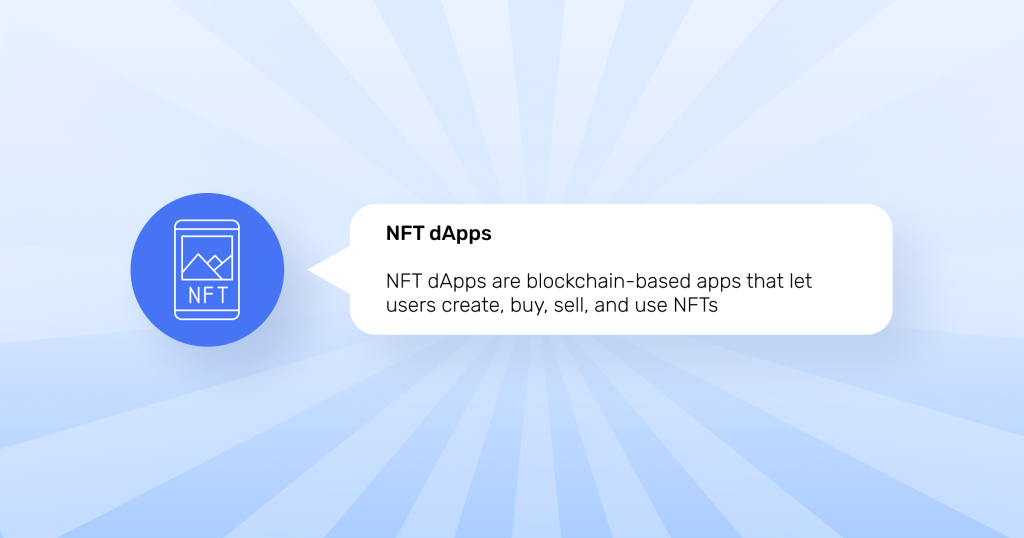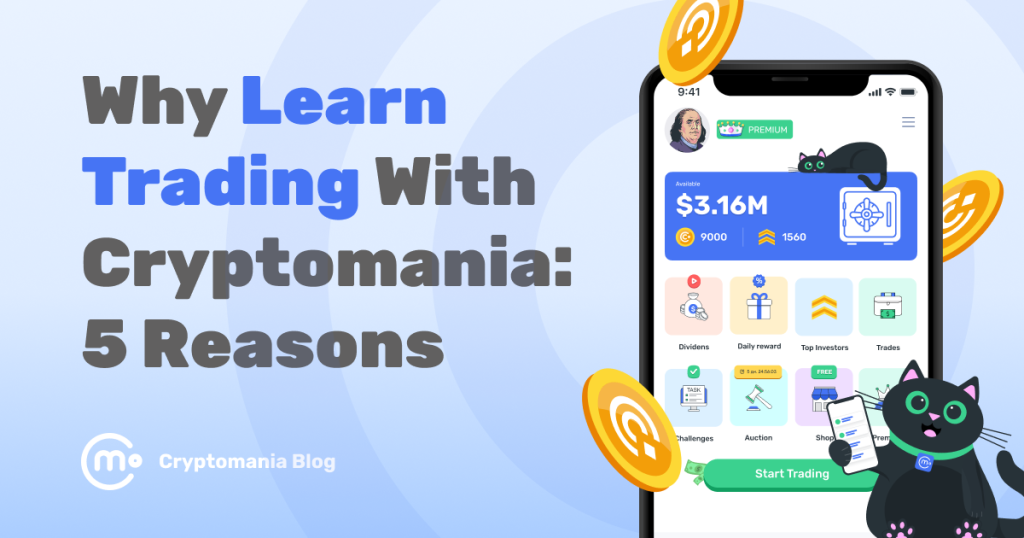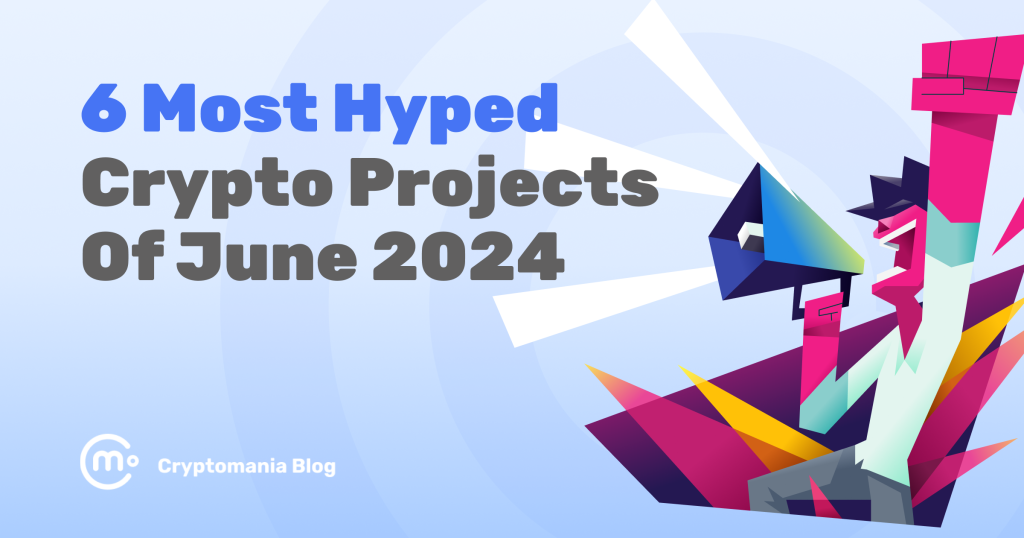NFT DApps: Everything You Need To Know

NFT dApps — another buzzword you’ve probably heard lately. Reminds us of a popular YouTube song from a few years ago about a pen and a pineapple: we have NFTs, we have dApps… Uh! NFT dApps. Yeah. Anyway…
What are NFT dApps, really? In this post, we’ll dive into the basics of NFT dApps, explaining what they are, how they work, and why they’re making waves in the tech world.
What are NFT dApps?
NFT dApps are special apps that run on blockchain technology. Within these apps, users can buy and sell NFTs, create new ones, or use them in games and other apps.

Forgot what NFTs are? They’re like digital certificates of ownership for things like art, collectibles, or items in games. Each NFT is one-of-a-kind and can’t be replaced with something else.
Some famous NFT dApps include OpenSea, where you can trade NFTs on different blockchains like Ethereum, Polygon, and Solana. Another cool example is Axie Infinity, a game where players can earn and trade NFTs.
How do NFT dApps work?
NFT dApps use smart contracts, which are like digital agreements stored on a blockchain. These smart contracts automatically handle tasks like transferring NFTs, buying and selling them, and creating new ones. They work without needing middlemen for approval or execution.
When you use an NFT dApp, you’re actually interacting with a smart contract. This smart contract takes care of everything, such as checking if you own an NFT, transferring it to someone else, or creating a new one.
NFT dApps can take many forms, such as:
- Marketplaces: Platforms like OpenSea, Rarible, and Magic Eden let you buy, sell, and trade NFTs.
- Gaming: NFT gaming dApps let you own and trade in-game items as NFTs or earn NFTs as rewards for playing.
- Social media: Some platforms help you connect with other NFT collectors and enthusiasts, and even create and share your own content as NFTs.
- Lending and renting: These platforms allow you to lend or rent out your NFTs, making passive income from your collection.
NFT dApps offer several benefits. They are decentralized, meaning they are built on blockchains and not controlled by any single entity. Many are open-source projects, allowing the public to view and audit their code.
They also provide transparency, as all transactions are recorded on the blockchain and can be seen by anyone, which helps build trust.
Privacy is another advantage; users don’t need to share personal information to interact with dApps and can switch dApps by disconnecting their wallets.
Also, NFT dApps are efficient, as they eliminate the need for intermediaries, and they enable meaningful ownership, allowing functionalities not possible with traditional apps, such as owning and trading in-game items as digital assets.
However, NFT dApps can be complex to use, especially for newcomers to cryptocurrency and decentralized applications.
Costs can be high, particularly for those on the Ethereum network, where gas fees can become expensive during periods of high traffic.
Lastly, smart contract risks remain, as this relatively new technology can still be vulnerable to security issues like hacking and scams.
Types of NFT dApps
NFT dApps span a variety of platforms, each catering to different aspects of the digital and blockchain landscape.
- Creative marketplaces. Platforms like OpenSea and Rarible allow artists to turn their works into NFTs. These marketplaces let people buy, sell, and trade original digital art, helping artists establish ownership and value for their creations within the blockchain ecosystem.
- Blockchain gaming and virtual worlds. DApps such as Decentraland and CryptoKitties use NFTs to represent in-game items, characters, or objects. Players can buy, sell, and trade these digital assets, creating a vibrant virtual economy. This blend of blockchain technology and gaming has led to innovative concepts like play-to-earn, where users can earn money by playing blockchain-based games.
- Virtual property and real estate. Some platforms focus on virtual real estate, offering a unique application for NFTs. Users can buy, sell, and trade virtual land and property, as well as develop and profit from their virtual spaces. This concept has generated interest in user-owned, decentralized virtual worlds and suggests a new era of digital property rights.
- NFT financial services. In the world of decentralized finance, NFTs are being used in new and creative ways. DApps like Aavegotchi and Rarible are exploring how NFTs can serve as collateral in DeFi protocols. This allows users to lend or borrow funds based on the value of their NFT holdings, merging digital ownership with decentralized finance.
- Art and collectible platforms. Artists tokenize their work as NFTs on platforms like OpenSea and Rarible, which act as marketplaces for purchasing, selling, and trading digital art. These platforms enable artists to claim ownership and value within the blockchain ecosystem.
How to get started with NFT dApps
Getting started with NFT dApps might seem daunting at first, but it’s easier than you think. Follow these simple steps, and you’ll be ready to explore the exciting world of NFTs.
Step 1: Set up a digital wallet
First, you’ll need a digital wallet to store your NFTs and cryptocurrency. Some popular options include:
- MetaMask: A widely-used wallet that works as a browser extension and mobile app.
- Coinbase Wallet: User-friendly and integrates well with the Coinbase exchange.
- Trust Wallet: A secure mobile wallet with support for multiple blockchains.
Download your chosen wallet, follow the setup instructions, and make sure to securely store your recovery phrase.
Step 2: Fund your wallet
Next, you’ll need some cryptocurrency to buy NFTs. Ethereum (ETH) is the most commonly used, but some dApps use other tokens like MATIC (Polygon) or SOL (Solana). You can purchase cryptocurrency on exchanges like Coinbase, Binance, or Kraken and transfer it to your wallet.
Step 3: Choose an NFT dApp
Now, you’re ready to explore NFT dApps. Here are a few popular ones to start with:
- OpenSea: One of the largest NFT marketplaces, where you can buy, sell, and trade NFTs. It supports Ethereum, Polygon, and Solana.
- Rarible: A community-owned marketplace that lets you create, buy, and sell NFTs.
- Axie Infinity: A play-to-earn game where you can earn and trade NFTs as in-game items and characters.
- Decentraland: A virtual world where you can buy, sell, and develop virtual land and assets as NFTs.
Go to the website of the dApp of your interest and connect your wallet.
Step 4: Explore and make your first purchase
Once connected, browse through the available NFTs. When you find something you like, click on it for more details. To buy, follow the prompts, which usually involve confirming the transaction in your wallet. Be aware of any gas fees, especially on the Ethereum network.
Step 5: Create your own NFTs (optional)
If you’re an artist or creator, you might want to create your own NFTs. Platforms like OpenSea and Rarible make it easy to mint your NFTs. Simply follow their step-by-step guide to upload your digital file, set your preferences, and mint your NFT.
Summing up
NFT dApps offer a decentralized and transparent way to create, hold, and trade unique digital assets. This opens up a fresh opportunity for creators to share ownership of their work with everyone.
Looking forward, NFT dApps are becoming easier to use and more efficient. We might see some cool upgrades like virtual reality integration, smoother connections between blockchains, and new uses in digital IDs and protecting ideas. As they grow, NFT dApps are shaping up to be a big deal in handling digital stuff and using decentralized apps.
Remember, while NFT dApps offer exciting possibilities, it’s essential to stay informed, cautious of scams, and mindful of security measures when using them. By staying updated and practicing safe habits, you can make the most of this evolving technology.





